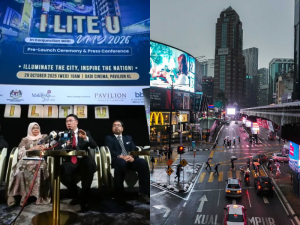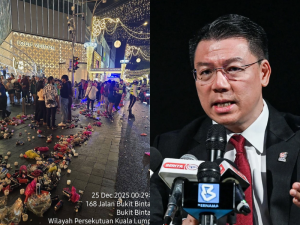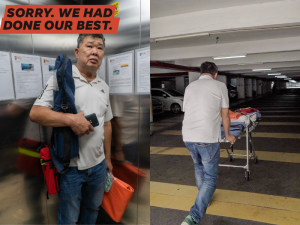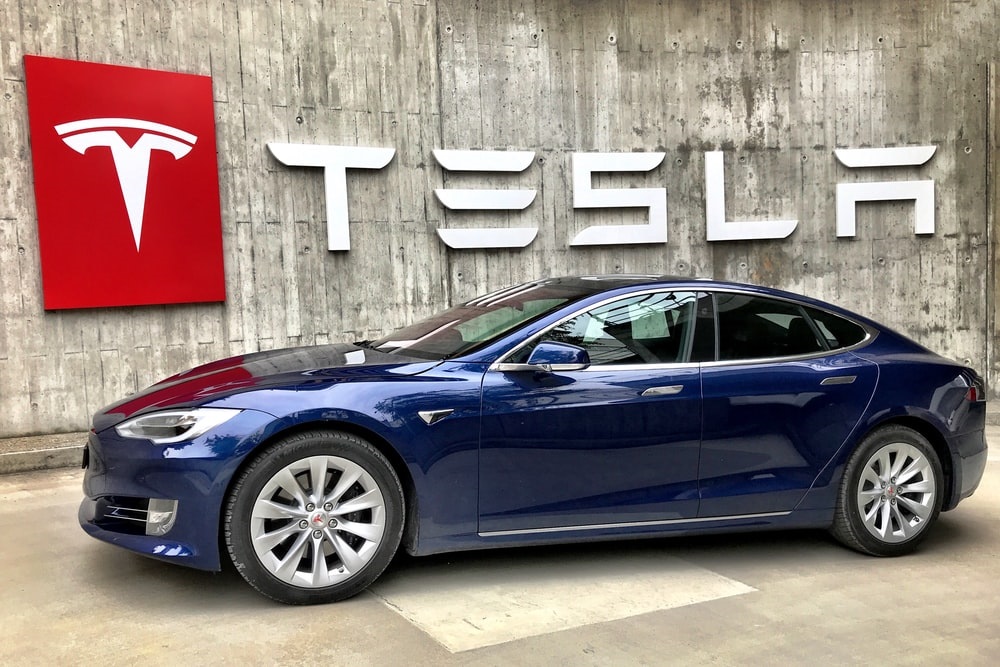
Self-driving cars are no longer science fiction. Around the world, autonomous technology is advancing fast and in some cases deemed as safer than human drivers. But in Malaysia, development is still in its early stages. At the moment, only Level 2 driving assistance is allowed.
However, Tesla is moving forward with self-driving technology. Chinese daily, Sin Chew reported that Elon Musk shared that the newest Tesla models are ready to drive themselves. He also introduced a new idea: when not in use, Tesla cars could work as driverless taxis through the Tesla Network. While it remains as a concept, there’s no doubt that this would completely shift the taxi industry, as well as support economic growth particularly in small businesses in Malaysia.
Malaysia allows partial automation for now
Right now, Malaysia only allows basic automation features like lane assist and adaptive cruise control. Some test runs of autonomous buses are taking place in Cyberjaya and Putrajaya, however, full adoption is still in the works as there are certain challenges like legal uncertainty, lack of infrastructure and limited public trust.
Regardless, Tesla is heading toward Level 4 and aiming for Level 5. These levels allow vehicles to operate on their own in specific or even all situations a concept that is far beyond Malaysia’s current limit.
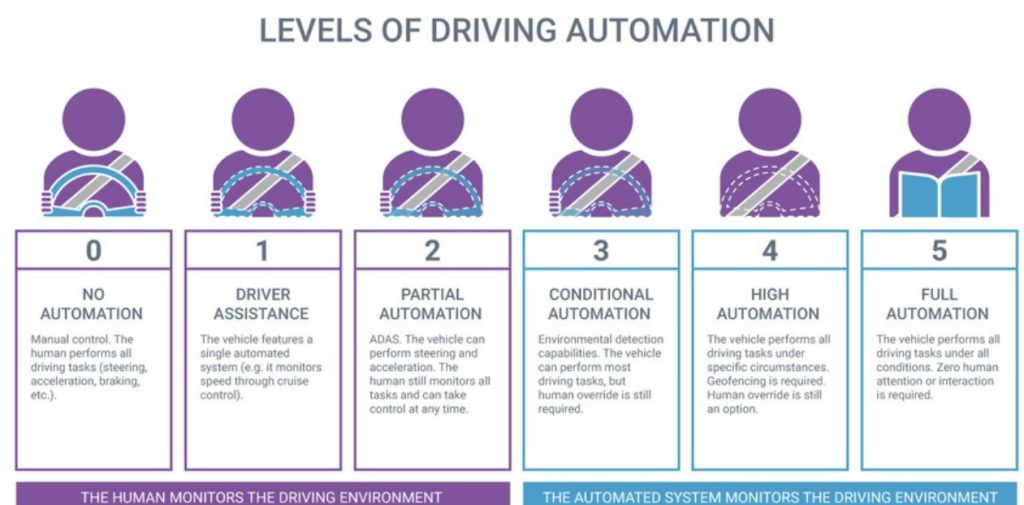
How automated driving can help change the landscape of the taxi industry
The local taxi industry is struggling. There is a shortage of drivers, especially as younger generations are not keen to join. Ride-hailing apps like Grab and AirAsia Ride are making it harder for traditional taxis to survive.
Driverless cars can operate all day and night. They reduce waiting times, plan routes using AI and do not need breaks. Tesla has the edge thanks to massive data collection and powerful AI chips that help the car learn and drive better than humans.
Challenges Malaysia has yet to overcome
Three main issues are blocking the path to driverless cars in Malaysia:
- Legal responsibility remains unclear if accidents happen
- Infrastructure needs upgrades like smart traffic lights and reliable 5G
- Public trust is still low due to fear and doubt over system safety
What Malaysia Can Do
Malaysia can speed up progress by taking the following steps:
- Create dedicated testing zones in cities like Cyberjaya
- Introduce laws that allow Level 3 and above systems
- Work with top companies like Tesla and Baidu to learn and adapt their technology
Will Malaysia be ready to embrace the change?
Driverless technology is no longer just an idea. With the right moves, Malaysia has a chance to lead Southeast Asia in autonomous mobility. It is time to move forward with confidence and not fall behind.
Source: Sinchew , Focus Malaysia
Tap here to give us a ‘Like’ on Facebook and stay up-to-date on the latest news


